Digital Data Generation

The first camera I bought and used was a digital SLR, and it's been about 10 years since then.
Since then, I still take photos with a digital camera.
As a member of the digital native generation, choosing a digital camera was a natural choice for me.
People living in the digital age today probably don't have much of a concept of "developing" or "printing."
I think there are a lot of people who think that photos taken with digital cameras (and probably film as well) are fine as long as they're in the photo folder on their smartphones for social media. I'd rather have the data. I fit into that category myself, and of course, it's not a matter of whether it's good or bad, I just think that this is the way things are now.

As we move from the era of film cameras to the era of digital cameras, anyone can easily take photographs, can check photos immediately without having to develop them in a darkroom, and anyone can even easily print digitized photos using an inkjet printer.
How many times has digital helped me?
The benefits are immeasurable!

What I want to think about here is not the benefits, but the sensations that existed in the film era but not in the digital era, that is, the sensations that have been lost (or are in the process of being lost).
I only started thinking about this recently, and the big trigger was when I built a simple darkroom of about 12.5 tatami mats in a room in my house.
To be honest, as someone who was dealing with the cutting edge of digital technology, I didn't know anything about what was needed in a darkroom, from how to develop and print.
In this way, with the help of Google and YouTube, I steadily made preparations and successfully created the environment for black and white development and printing, and in early May I used my enlarger for the first time to print the black and white film I had used previously.
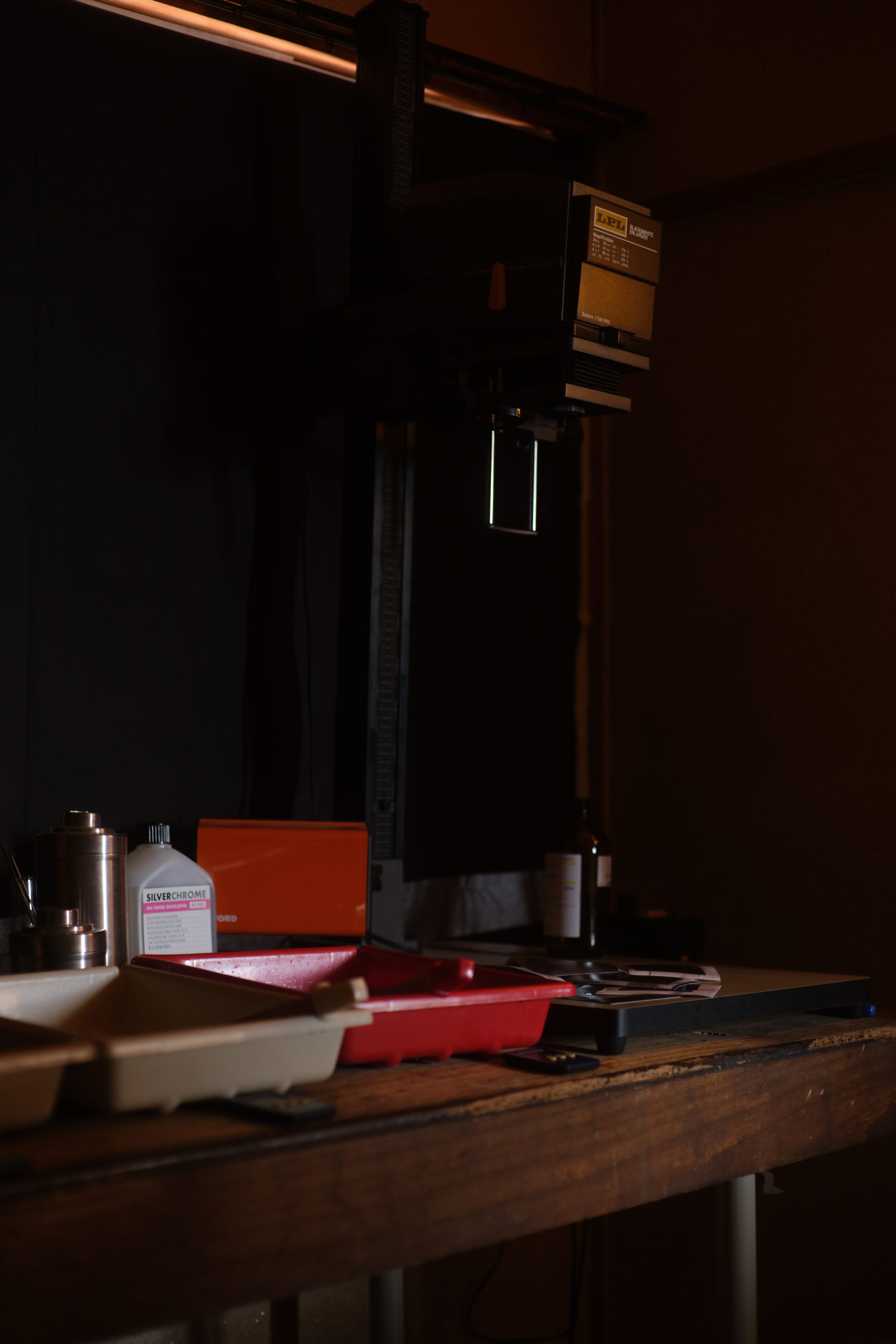
After about the fourth or fifth try, you'll fail and the photographic paper will turn completely black, but it's fun just watching the paper react to the light emitted by the enlarger and then immerse it in the developer.
Suzuki-kun, who performed experiments with me every night, and I were all excited late at night, shouting "Wow!"
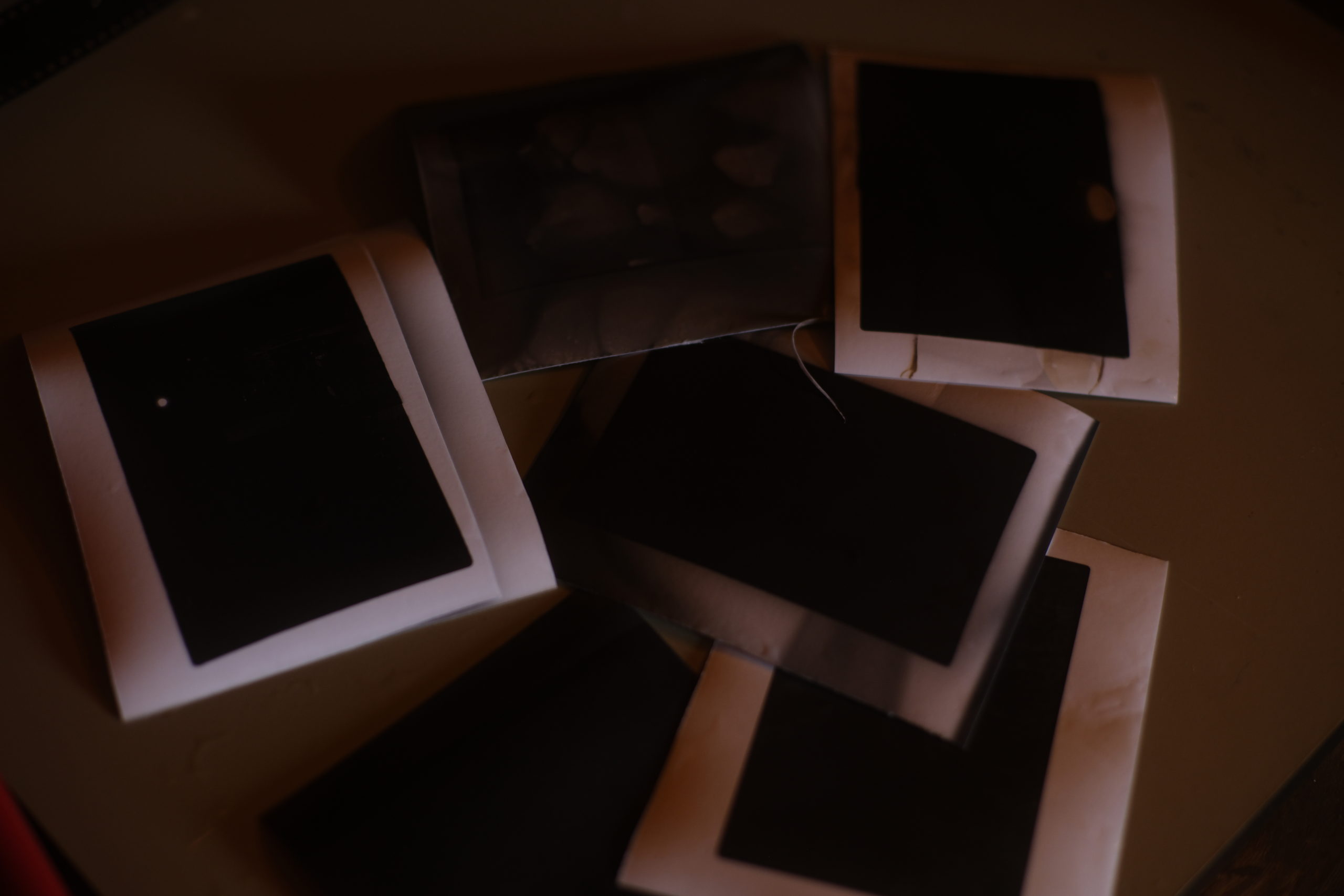
From about the sixth time, I began to see vague images of what I had photographed reflected on the photographic paper, and for the first time I saw my own photographs as objects that had gone through the steps of stopping solution, fixing solution, and washing with water before drying.
I still remember the day when I was impressed and thought, "Wow...wow, this is something completely different..." and the shock I felt that day marked a very big event for me.
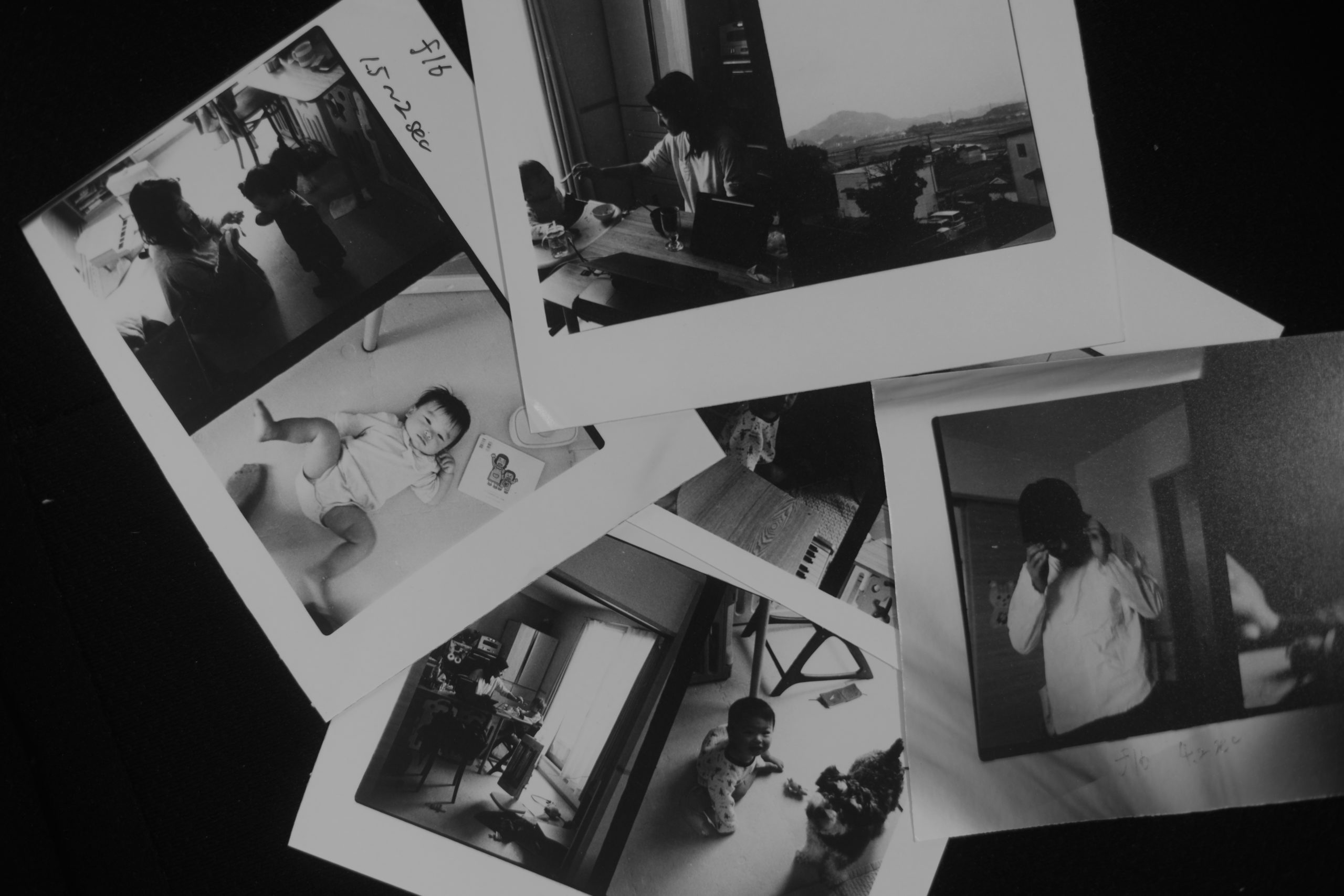
I then became completely interested in the world of film and the photography that preceded it; more specifically, the world of digital negatives, which are printed in a darkroom, and the paper and liquids used for printing.
If you ask me what the difference is, I can't really put it into words... (I'll put it into words eventually!)
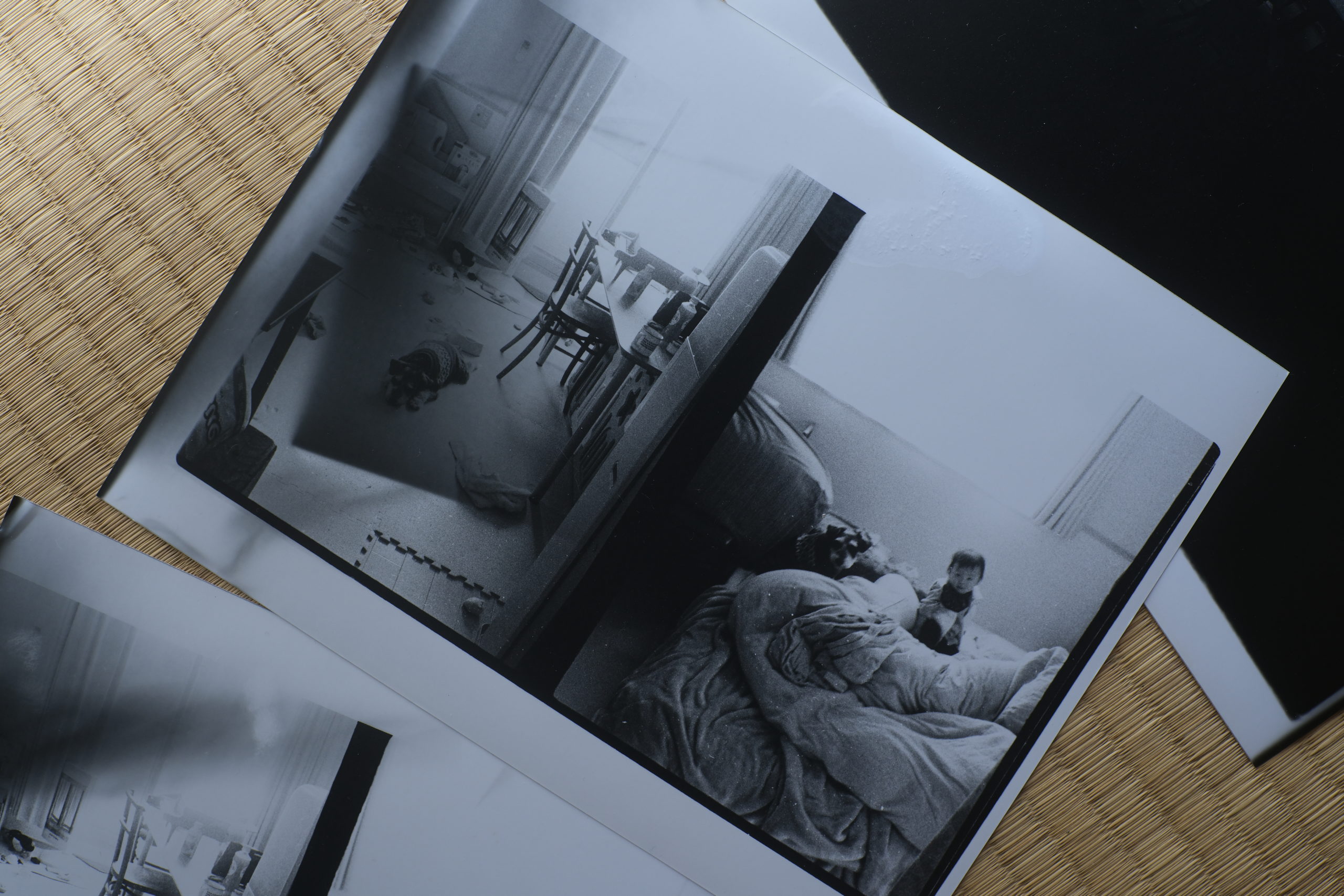
There is something about a photograph that you can't feel when you look at it digitally. It's easy to say that digital and printed images are different things, but the sense of facing a photograph, which was common in the film era, is naturally being lost due to the spread of digital.
In fact, I think that feeling is very important.
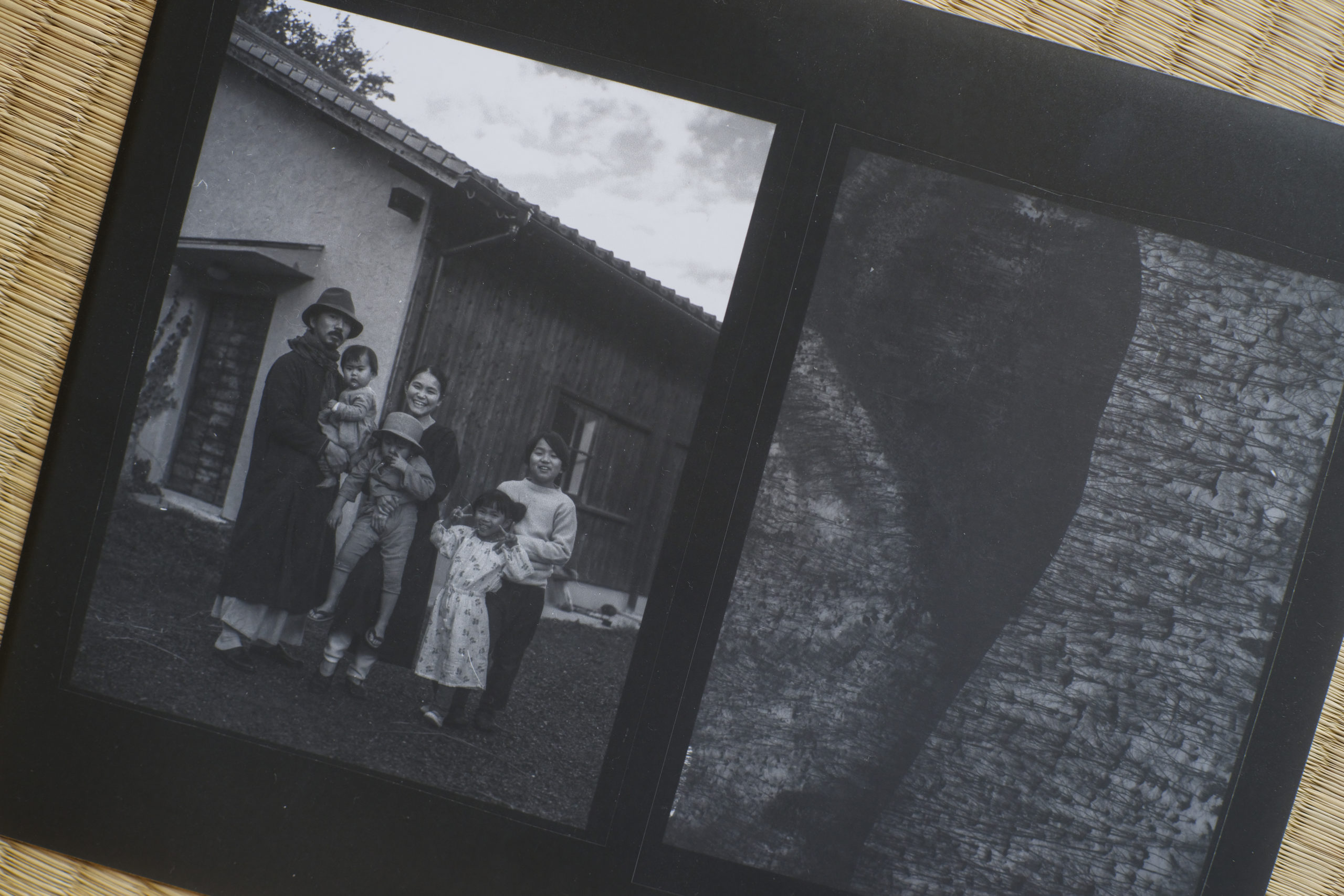
That doesn't mean we want to fight the digital age, though.
I feel like I have forgotten some things as times have changed, and I have a strong desire to get them back, so I am currently searching for the right balance between digital and analog for myself.
In this day and age when digital is surpassing analog, I feel like there are forgotten sensations hiding here and there, not just in the world of photography, but in other worlds too.
I would like to capture each world and era broadly and deeply.
I still have a lot of failures when it comes to developing and printing, but even if it's just a little at a time, I'm making progress.
I want to dig deeper and deeper!
I hope this week will be a learning one for you!
Yudai Oda

